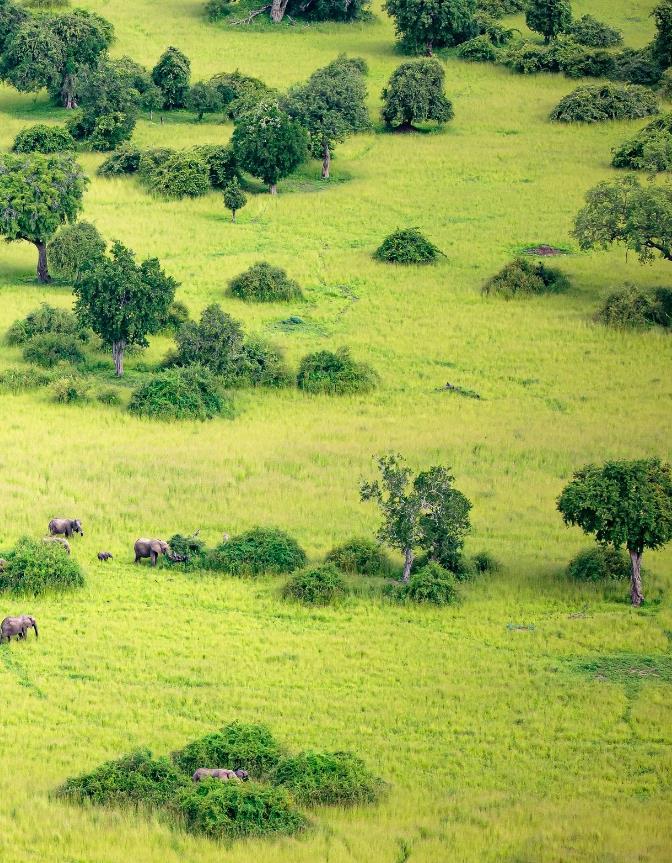
1 minute read
Aviation Impact Summary 2020
by CSLZambia
Aerial operations continue to support anti-poaching and large carnivore conservation and research work, in partnership with DNPW. Our aviation program has been operating successfully for more than 8 years and we continue to make improvements in operational efficiency.
We have improved air-ground communication both in terms of equipment/technology and also in terms of protocols through several air-ground training sessions. Over time, we have become more efficient at finding, reporting, and reacting to illegal activity.
Advertisement
The aircraft flies on average 5 days per week for various missions including aerial surveillance (CSL), animal tracking (ZCP), ground team assistance, gunshot response, medical and personnel transport and assisting to locate snared animals.
311 fixed wing hours were flown in 2020 on anti-poaching operations.
30 hours of helicopter operations were flown in South Luangwa in 2020 with support from INL.

Impacts Anti-Poaching Efforts
In 2020, aircraft flew 311 hours in support of anti-poaching efforts on 134 missions dedicated to aerial surveillance covering most of the park and GMA, but concentrating on areas near the Luangwa River where wildlife populations and potential illegal activities are high.
Assisting ground teams with rapid aerial support upon request and as a quick aerial response to reports of gunshots, providing vital intelligence to ground responders
Providing aerial surveillance of remote and largely inaccessible areas especially along borders and largely road less interior areas
Deterring poachers from entering the park for illegal purposes by providing a regular, intimidating aerial presence along park boundaries and around sensitive areas
Air-dropping supplies to ground teams and remote camps
Detecting and reporting recent illegal activities for ground team follow-up and patrol planning including

We had 2 helicopter operations in 2020, which were supported by fixed wing aircraft.
The helicopter was used for rapid response and deploying QRF and dog teams and also to drop officers at remote elephant carcass locations to determine cause of death.










